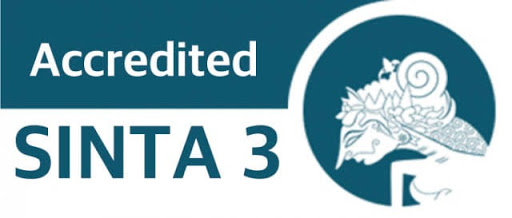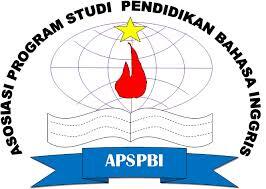Tutors‘ Perspectives on Camera-Off Behavior in Online English Classroom
Abstract
This research explores the camera-off behavior affects teacher-student interaction (TSI) in online English classroom. While previous research has mainly focused on studnets‘ perspective in formal institutions, this study investigates how English tutors perceive and manage challenges caused by limited visual engagement. This study addresses two research questions: (1) How does camera-off behavior affect TSI in online English classroom, and (2) What strategies do tutors employ to manage this behavior. Drawing on Transactional Distance Theory, data were collected from 18 tutors via questionnairies, interviews and classroom observations. Findings revealed that camera-off practices hinder reciprocal communication, weaken classroom atmosphere, and contribute to emotional fatigue and demotivation among tutors. Tutors reported difficulties in maintaining instructional flow, detecting dishonesty, and fostering engagement. Despite institutional limitations, tutors implemented flexible approaches such as personal check-ins, name-calling, and relaxed camera rules. The novelty of this study lies in its focus on freelance tutors in a non-formal online classroom, where institutional authority is limited, yet the pressure to retain students remains high. The findings offer important pedagogical implications for online language instruction, emphasizing the need for flexible engagement strategies, institutional support, and ethical digital practices to address the challenges of camera-off behavior in non-formal contexts.
Downloads
Copyright (c) 2025 Scripta : English Department Journal

This work is licensed under a Creative Commons Attribution-ShareAlike 4.0 International License.








